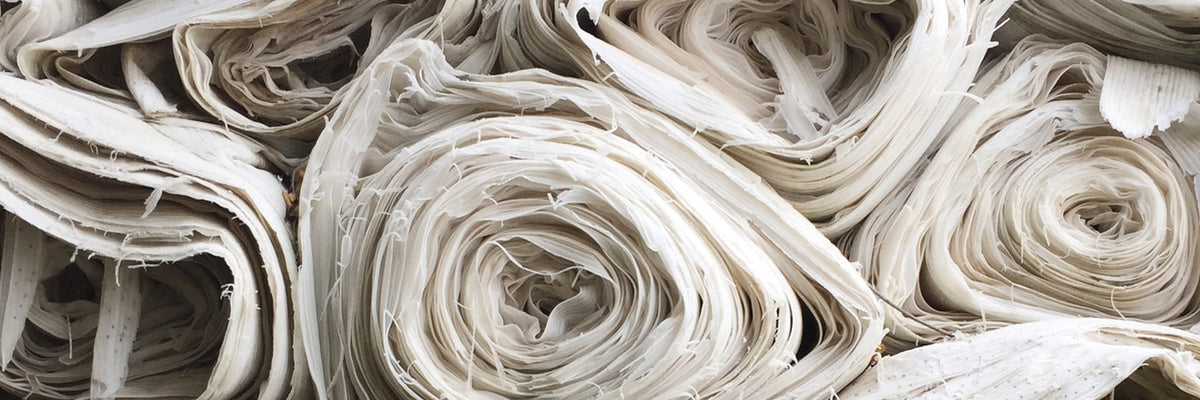- Regular Price
- $ 19.99
- Sale Price
- $ 19.99
- Regular Price
- $ 19.99
- Unit Price
- per

We are constantly surrounded by textiles in our daily lives and we are not aware of it. But if you reflect, you will notice that from the beginning of the day until you sleep we are using them, whether in clothing, when sleeping with sheets, when bathing with a sponge and drying with a towel. Likewise, when you drive a car or a motorcycle, the tires and interior of the car are present. Also in the interiors of a house, office, restaurant, etc. What's more, even in art, science and technology there are textiles.
A fabric can be defined as a flat structure with enough flexibility to be transformed into domestic use such as interior decoration, furniture, industrial use or clothing. Usually the name of a fabric is determined in the manufacturing process.
This can be made from solutions, fibers, threads or the combination of those mentioned above. Furthermore, the cost varies depending on the number of stages involved and the speed with which it is done. The fewer stages and the faster its manufacturing, the lower the cost and vice versa.
Fabrics are classified into four main categories. Solutions, fibers, threads and composites, whether non-separable or multi-component.
Solutions are made from chemicals or powders. These are put under pressure with hot air and then deposited in a cylinder. The most common solution-based textiles are films, rubber, polyurethane or polyethylene. Foams are also found within this category, which are made by introducing air into an elastic substance.
You have probably seen them in packaging, packaging, covers, in non-slip meshes or in the filling of your furniture and mattresses.
What characterizes them is that they have a low cost, are waterproof, resist dirt, are not fibrous, have poor permeability and poor drape.

Illustration 1: film reel

Illustration 2: furniture filling

Illustration 3: packaging foam
Fiber-based fabrics such as felt or cloth are generally made of carded wool or polyester, combed into a thick sheet. This goes through a process in which water is sprayed on them, then they enter hot plates that shake and tangle.
They are characterized by not having grain, they do not fray or tear, they absorb sound, they are not flexible or breathable and they do not elongate either.
You can find them in acoustic panels, furniture, rugs, walls and even in many dolls and stuffed animals.

Illustration 4: felt

Illustration 5: cloth
Thread-based fabrics are quite broad because depending on the technique or type of fabric is the area where they are found. For example, interwoven or braid are narrow circular fabrics that are found in ribbons or shoe laces.

Illustration 6: lacing
There is also lace, threads canceled and intertwined with each other that generate open fabrics with figures. There are also those made of flat fabric, threads intertwined perpendicularly, such as a jacquard, a structured fabric, corduroy, velvet or a towel. These are easy to identify and have particular characteristics such as greater texture, appearance, they are rigid and have grain. However, they don't stretch much and are easy to unravel from the selvedges.
Precisely at FORMATEX we have a wide catalog of this type of fabrics used mainly in upholstery and curtains. Likewise, this category is widely used for tablecloths, bedding, and towels.

Illustration 7: structured fabric

Illustration 8: towel cloth
Unlike this fabric, knitting consists of one or several threads in the form of a loop or mesh that intertwine. They are much less rigid, they knit faster, they are elastic, porous, resistant and are made on rectilinear or circular machines.
They are used for accessories, clothing or cushions.
The last category is composite fabrics, made up of two fabrics or several components united into one.
It was mentioned at the beginning that within this division there are two different types, those that are not separable and those that have multiple components.
The non-separable ones, as the name itself says, are impossible to separate. Its production process consists of mixing and joining various fibers, processes and materials to obtain two fabrics united into one.
Imitation leather, suede, synthetic velvet or lining are clear examples of this type of fabric, since when you see it from the front you can notice the texture, pattern and color of the fabric, but when you turn it you will notice that the back has another different aspect, whether polyurethane solutions, knots, velvety fabric or the famous backing, a white, structured and rigid fabric that provides support, thickness, quality, rigidity and strength to it.

Illustration 9: Imitation leather

Illustration 10:backing
On the other hand, multi-component ones consist of fabrics that are glued together using an adhesive such as interlining or backing. Another option may be the foam and flame process such as padding for jackets or duvets. In addition to giving the fabric body and shape for a lower cost, they also provide warmth and protection.

Illustration 11:Backing
After reading this information, tell us which ones and how many have you been able to identify at home?
Author | Jimena Chavez
"This information is for reference only, to obtain precise details about the use, qualities and care of our products, it is necessary to consult directly with your seller before making a purchase or receiving recommendations."
0 comments